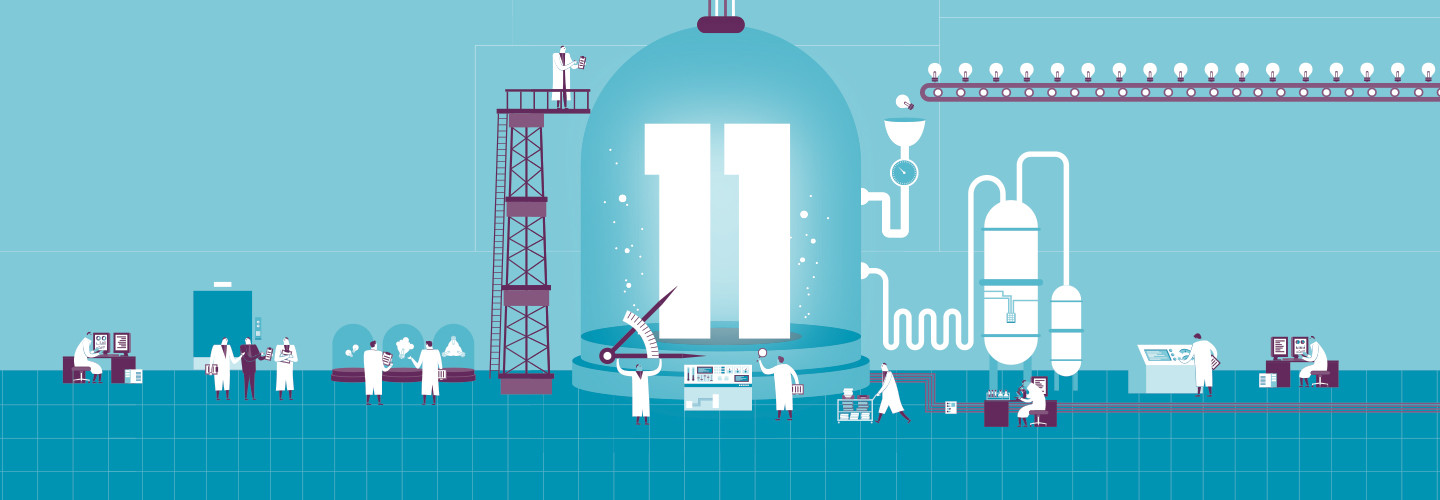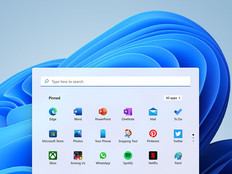Assess Software and Hardware Compatibility Prior to Migration
Before you dive into the migration process, compatibility is your first line of defense. Microsoft has set specific system requirements for Windows 11 — including CPU architecture, RAM and Trusted Platform Module version — and you must ensure your endpoints meet these prerequisites.
Step 1: Centralize all hardware and installed software information. If you work in a large agency, chances are you already have a unified endpoint management tool at your fingertips — such as Microsoft Configuration Manager, Ivanti Unified Endpoint Manager or a number of others — that centralizes the data you need. These tools are invaluable for condensing endpoint information and generating Windows 11 readiness reports.
Step 2: Compile an assessment report. Once you’ve centralized all endpoint data, you must compare hardware and installed software to Microsoft’s Windows 11 system requirements. This is your chance to dig into details, determine where you need upgrades and start budget planning.
The report should include endpoints to be addressed prior to a Windows 11 migration and recommended actions to take on those endpoints. This is also the chance to identify mission-critical endpoints that might need extra attention.
Step 3: Consult vendors for mission-critical software. For essential software applications, consult vendors directly to confirm Windows 11 compatibility. Vendors for proprietary or custom-built business applications should be able to advise whether their software will function properly after migration or if patches, updates or other mitigations will be required. Vendor communication can reveal compatibility red flags early in the process, giving you time to make contingency plans.
Compatibility is the cornerstone of your Windows 11 migration strategy. Failing to thoroughly assess compatibility can lead to a host of problems, ranging from minor glitches to major operational disruptions.
LEARN MORE: You can never have too many tips on Windows 11 planning.
Testing and Performance Monitoring Are Vital to Migration Success
A well-planned testing phase can catch issues that might otherwise disrupt the entire migration process. The key is to make your test scenarios as close to real-world conditions as possible, covering different hardware configurations, user profiles and common tasks.
Step 1: Create a robust test plan that mimics real-world use. Draft a detailed test plan outlining various scenarios that reflect how your agency operates day to day. Categorize tests into sections such as hardware performance, software compatibility, networking and end-user experience.
Step 2: Select pilot users across departments and roles. Using your HR system or Active Directory, pull a diverse list of users across operating divisions, branches, locations and roles. This will ensure your pilot group represents a wide cross-section of actual use cases.
Aim to have at least one pilot user from each component of your agency who can test typical tasks and workflows. Broad pilot testing exposes compatibility issues that may impact certain roles disproportionately.
Step 3: Implement feedback surveys to capture user experiences. Create online surveys, forms or questionnaires to capture detailed feedback from pilot users. Include open-ended questions about overall experience, system performance, compatibility issues, feature impressions and potential frustrations. Quantitative data can miss subjective insights that such surveys illuminate. Compile feedback in a report to drive improvements.
Step 4: Monitor performance with real-time metrics. Complement subjective user feedback with objective performance data. Use monitoring tools to track metrics such as CPU use, memory utilization, boot time and network bandwidth, for example. Compare before-and-after data to quantify the impact of migrating to Windows 11. Let hard metrics identify underperforming areas.
The testing and pilot phase provides invaluable insights from subjective feedback and objective data. Use this dry run to refine your training, upgrades, rollout pacing and communication strategy. Thorough testing is crucial for unveiling and addressing pain points before full production deployment.
DIVE DEEPER: Windows 11 comes with zero-trust capabilities.
Make Sure End Users Are Well Trained on Windows 11
Transitioning to a new operating system can be disorienting for end users. The human element is often the most unpredictable variable in any migration; addressing it proactively can make the difference between success and failure.
Step 1: Develop bite-sized training modules for new features. Identify the top five interface changes or new features that will most impact your users’ daily workflows. Create condensed e-learning modules focused specifically on these areas. Short videos enable users to digest changes in a nondisruptive way.
Step 2: Implement a multichannel communication plan. Develop a timeline for consistent communications via email, intranet, meetings and more. Share weekly updates highlighting changes, new features and migration status. Use internal platforms such as Teams for real-time updates. Ongoing communication prevents surprises and keeps users informed.
Step 3: Survey users for feedback on training. Send post-training surveys to gauge effectiveness and identify gaps. Well-designed questionnaires and forms provide actionable insights into areas where training may have missed the mark. User feedback ensures continuous improvement.
Step 4: Proactively expand help desk capabilities. Prepare for an influx of user tickets by expanding help desk capabilities ahead of migration. Create FAQ resources covering common post-migration issues users may face. Set up dedicated queues and assign more Level 1 resources. Anticipate needs rather than reacting to them.
With Microsoft’s end-of-life clock ticking down on Windows 10, the time to prepare is now. Follow the steps outlined here to assess, test, train and optimize to seize Windows 11’s security and productivity benefits.










